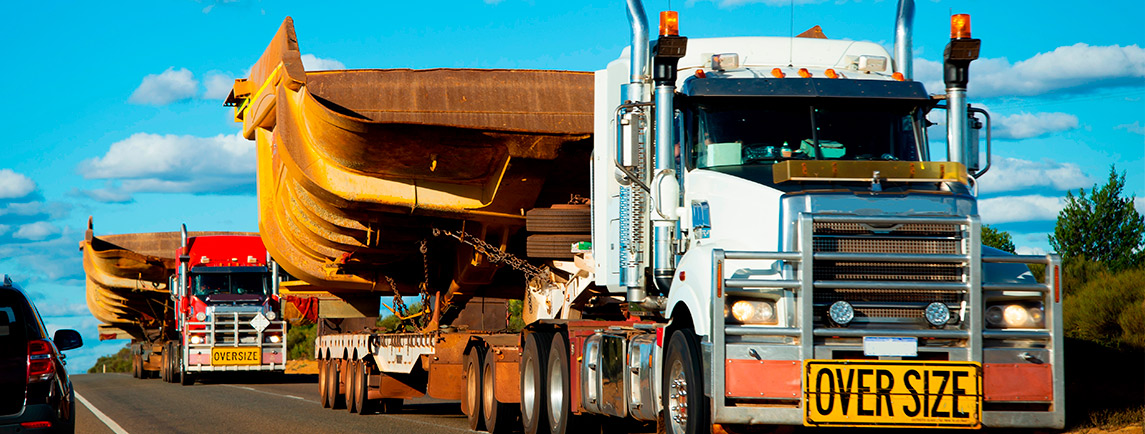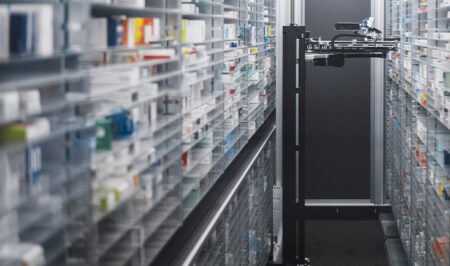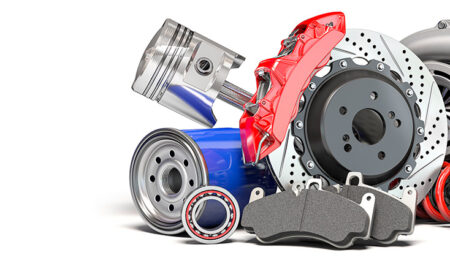Seamless Transitions: Mastering Equipment Relocation from Tijuana to US Manufacturing Hubs
The Tijuana-San Diego corridor has become a key manufacturing hub, with Tijuana emerging as a leading center for industrial production. This strategic border region facilitates thousands of equipment shipments annually, serving as a vital gateway between Tijuana and US manufacturing hubs.
As manufacturing continues to evolve on both sides of the border, companies increasingly recognize the strategic advantage of optimizing their equipment placement.
Equipment relocation between Tijuana and US manufacturing centers has become crucial for businesses seeking to streamline operations, reduce costs, and improve supply chain efficiency.
With each piece of machinery often representing investments valued at hundreds of thousands or even millions of dollars, the stakes for seamless transitions are exceptionally high.
To successfully manage the complexities of equipment relocation across this dynamic border region, businesses must address several challenges, including:
- Navigating complex and changing cross-border regulations, including recent updates to trade tariffs and documentation requirements
- Implementing robust logistics planning with specialized transport solutions for oversized equipment
- Maintaining comprehensive security protocols throughout the relocation process
- Managing customs clearance efficiently to prevent costly delays at the border
Planning for Success: Key Steps in Equipment Relocation

Successful equipment relocation depends on careful planning and coordination across multiple critical steps, including:
- Conducting thorough site assessments and equipment audits: Before relocation begins, complete comprehensive equipment inspections to document current condition and identify potential issues. This essential step safeguards machinery valued at hundreds of thousands of dollars arrives intact and helps prevent transit damage. Include detailed dimensional measurements for proper transport planning.
- Developing a detailed relocation timeline and logistics plan: Create a precise schedule accounting for disassembly, transport, and reassembly timeframes. Route planning is vital, as it determines which permits and regulations apply across different jurisdictions. Build in buffer periods for unexpected delays, particularly at border crossings.
- Ensuring compliance with cross-border regulations and customs documentation: Prepare comprehensive documentation, including equipment manifests, commercial invoices, and certificates of origin. Consider pre-clearance options and stay informed about changing import-export requirements to avoid costly delays.
- Coordinating with vendors, carriers, and relocation specialists: Partner with C-TPAT-certified logistics providers experienced in cross-border equipment transport. Establish clear communication protocols between US and Mexican teams, and define specific roles for each stakeholder. Regular coordination meetings validate alignment throughout the relocation process.
Overcoming Challenges: Logistics, Compliance, and Risk Management
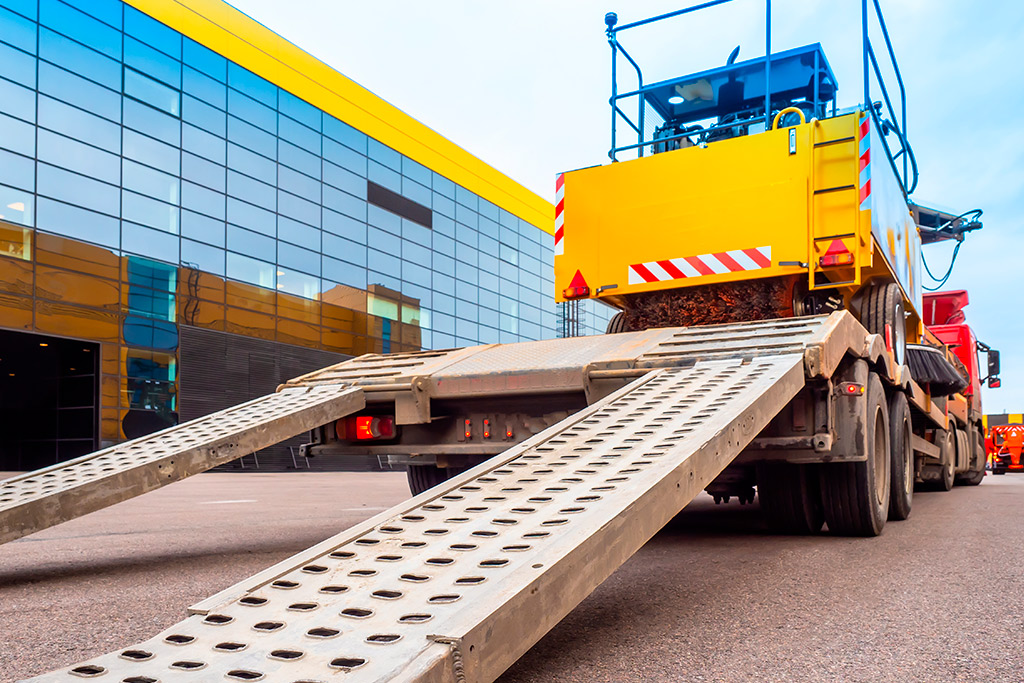
Cross-border equipment relocation between San Diego and Tijuana involves navigating complex logistics, regulatory compliance, and risk management. Successfully overcoming these challenges requires specialized transportation planning, adherence to evolving import/export rules, proactive risk mitigation strategies, and seamless communication between US and Mexican teams. Key considerations include:
- Addressing transportation and logistical hurdles specific to cross-border moves. The San Diego-Tijuana crossing presents unique challenges, including long wait times and complex processing procedures. Oversized equipment requires specialized carriers, route planning, and loading expertise to navigate the border infrastructure safely.
- Navigating regulatory requirements, including import/export permits and tariffs. Recent updates to Mexico-US regulations have introduced new trade tariffs and documentation protocols that directly impact equipment transfers. Success requires obtaining proper permits (state, county, and municipal), maintaining accurate customs documentation, and staying current with regulatory changes.
- Mitigating risks: equipment damage, delays, and security concerns.
Implementing thorough equipment inspections, proper securing techniques, and appropriate loading methods significantly reduces transport risks. Enhanced security measures including 21-point inspections, K-9 units, 24/7 GPS monitoring, and C-TPAT compliance protect valuable machinery throughout transit. - Implementing best practices for communication between US and Mexican teams. Establishing clear communication protocols between teams on both sides of the border ensures coordinated handoffs and prevents costly misunderstandings. Leveraging real-time tracking technology and creating shared documentation repositories facilitates seamless information exchange and collaborative problem-solving.
Best Practices for Seamless Transitions and Future-Proofing Operations
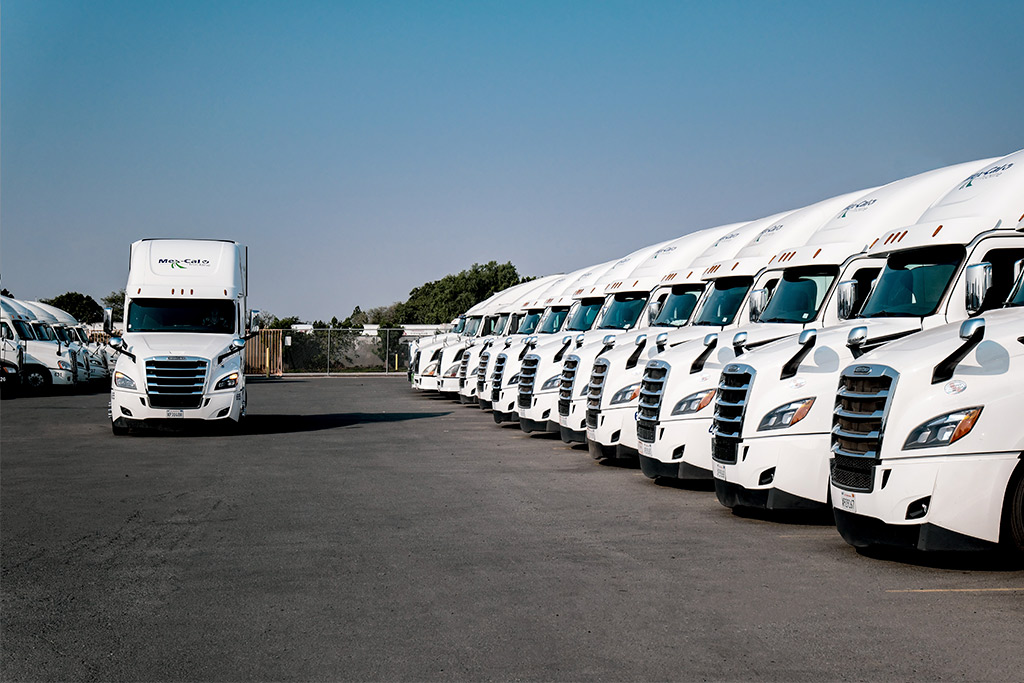
To secure seamless equipment transitions and safeguard future operations, companies should focus on proven best practices, including:
Leverage experienced relocation partners for smooth execution
Partner with logistics providers who have demonstrated expertise in cross-border equipment moves. Companies with an established presence in both US and Mexican markets offer valuable insights into local regulations and customs processes. The best partners offer integrated solutions rather than piecemeal services, eliminating the need to “cobble together” logistics from multiple vendors.
Invest in technology for tracking and coordination
Implement 24/7 GPS monitoring systems that provide real-time visibility of your equipment throughout the relocation journey. Digital platforms that centralize documentation, schedules, and communication streamline coordination between teams on both sides of the border.
These technologies enable proactive management of potential issues before they escalate into costly delays.
Establish contingency plans and continuous improvement processes
Develop detailed backup strategies for common challenges such as border crossing delays, inspection issues, or transportation disruptions.
After each relocation project, conduct thorough reviews to identify improvement opportunities. Document best practices and lessons learned to continuously refine your equipment relocation approach.
Ensure minimal downtime and rapid integration at the destination
Carefully coordinate decommissioning, transport, and recommissioning schedules to minimize production interruptions. Prepare receiving facilities in advance with necessary utilities, foundation work, and support infrastructure.
Train operators at the destination site before equipment arrival and consider phased relocations for critical production lines to maintain some operational capacity throughout the transition.
Unlock seamless transitions for your equipment relocation needs with Mex-Cal Truckline. Our expertise in handling sensitive cargo, from heavy machinery to infrastructure, guarantees your goods are transported safely and efficiently from Tijuana to US manufacturing hubs.
With over 40 years of industry experience, we provide unmatched security, real-time tracking, and comprehensive logistics solutions tailored to your specific requirements. Don’t let logistics challenges slow you down.
Partner with us for a smooth, reliable transition every time. Start your journey with Mex-Cal Truckline today and experience the difference our expertise makes. Reach out today to discuss your equipment relocation needs.


